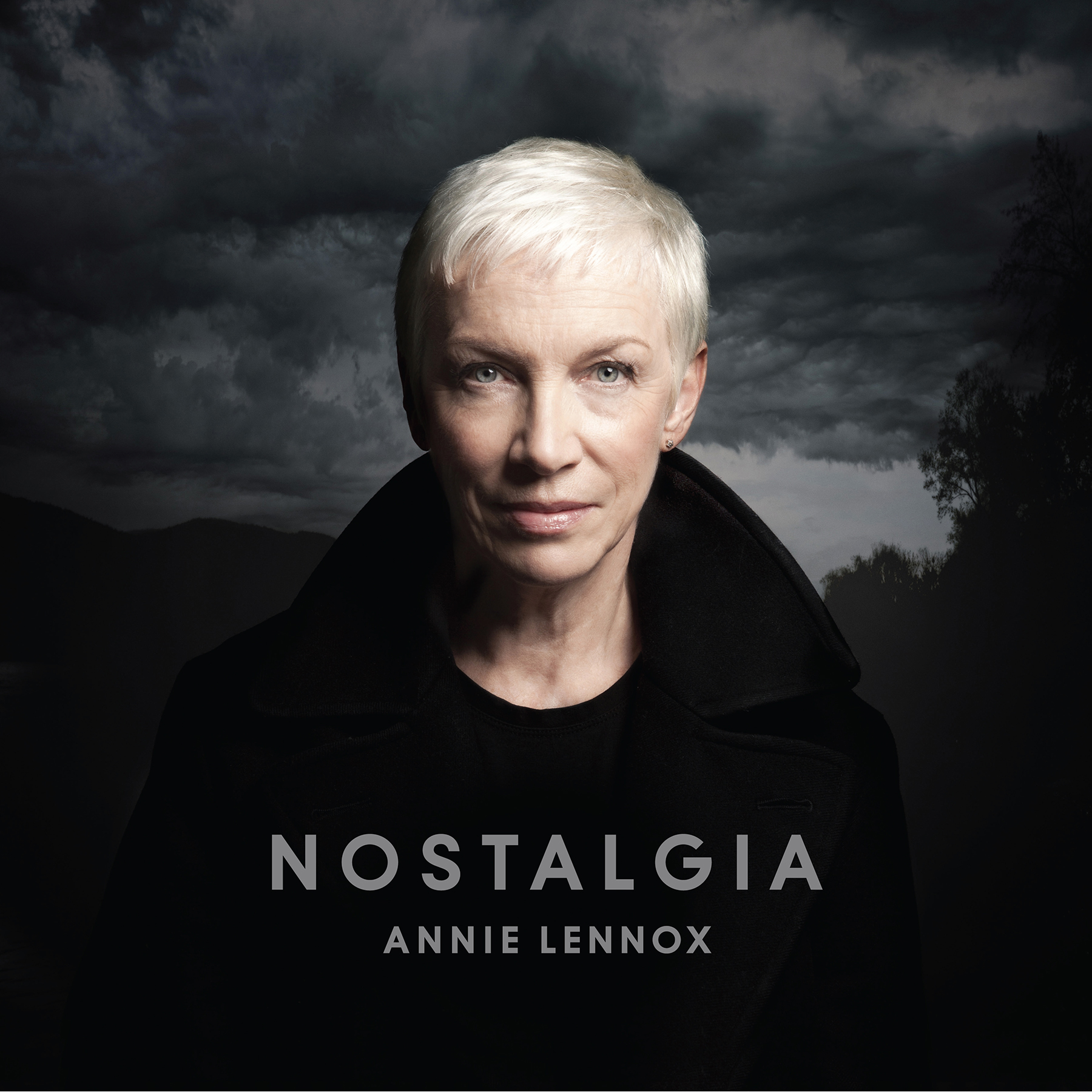“My curiosity always seems to lead me into interesting experiences,” says Annie Lennox.
Certainly, in a career spanning four decades, the singer-songwriter’s creative muse has taken her down some remarkable pathways. With the groundbreaking, multiplatinum duo Eurythmics and as a solo recording artist, Lennox has sold over 83 million records worldwide, and is one of the most successful female British artists in UK music history. She has been awarded a record-breaking eight Brit Awards, along with four Grammys and an Academy Award, as well as being named one of VH1’s 100 Greatest Women in Music and one of Rolling Stone’s 100 Greatest Singers of All Time.
In a body of work that has been influenced by an eclectic mix of genres—ranging from electronic pop to rock to soul—one area that Lennox had never ventured into was the style of music that dominated popular culture from the 1930’s till the cusp of the rock ‘n’ roll era in the early 1950’s. The first thought of recording an album of songs from the Great American Songbook was triggered a couple of years ago, while preparing for a concert in Washington, D.C. for the United Nations as part of the 2012 Global AIDS conference, where she performed with Herbie Hancock. While ad-libbing in rehearsals with the band, Lennox realized that her voice seemed to work naturally in a musical area she’d never really considered before. “I started to wonder whether my voice might lend itself to going down that path,” she says, “and sort of logged the notion in my mind.”
This inspired idea evolved into the eventual recording of the twelve songs on Lennox’s sixth solo album, entitled NOSTALGIA—a selection covering the likes of such towering compositions as George Gershwin’s “Summertime” (from the pioneering opera Porgy and Bess), Hoagy Carmichael’s “Georgia on my Mind,” and Duke Ellington’s incomparable ballad “Mood Indigo.” With spare but sophisticated arrangements, the songs span a vast emotional range, from the raging passion of Screamin’ Jay Hawkins’s “I Put a Spell on You” to the haunting protest of “Strange Fruit,” originally recorded by Billie Holiday in 1937.
“These songs all come from the collective human experience, and I feel they’re as relevant today as when they were first written,” says Lennox. “They express an inner landscape of love, loss, beauty, and pain, from a tender romantic ballad, such as ‘The Nearness of You,’ to the somber epic of ‘Strange Fruit,’ which describes an act of unspeakable violence and cruelty; it’s very hallowed ground, and you have to be somewhat courageous in the attempt to honor it.”
Last summer, she opened her laptop and set off with a deep dive into the YouTube archives. “I intuitively knew which songs I felt drawn to,” she says. “I would listen to a couple of different versions, so I understood the basics, figuring out the details of the melody, lyrics, and chord progressions. I worked on a little keyboard to transcribe what I heard, writing in notation, as I always do.” A list of approximately forty potential songs was narrowed down, then edited again, until she reached the best selections for the album.
“When you first encounter a song, you’re just hearing it at the surface level,” she says, “but if you want to truly absorb it, you have to really listen to it over and over again. At first, you’re like strangers—and then once you’ve befriended a melody, you carry it around in your head for days and you can’t stop singing it. You become deeply connected through this process; it has to become a part of you.”
To avoid imitation, Lennox decided not to become too familiar with the spectrum of existing recordings of material for NOSTALGIA—some of the most monumental recordings in popular music history, by the likes of Frank Sinatra, Ella Fitzgerald, Louis Armstrong, and Ray Charles. “All these masterful recordings are venerated in a special kind of Hall of Fame,” she says. “If I’d listened to too many of them, it could have become an impediment. If you want to jump out of an airplane, you just have to be bold enough to go for it! ”
Working with co-producer Mike Stevens, she created a style that was less ubiquitous than the orchestral arrangements that are often identified with this era. “I wanted to create something less saccharine and more essential—stripped-down and heartfelt,” says Lennox. “There’s a Blues root right at the core of jazz that I connect to and identify with. That’s probably the factor that drew me in most of all.
“In the 1930s,” she continues, “these writers and composers were at the cutting edge of popular culture. I wish I could talk to them now. We can’t turn back time, but we can commune with things that happened in the past through music, writing, film—that’s the beauty of how art works. These songs all hail from a specific era, and they’re extraordinary.
“I loved the process of discovering them and making this album. They’re meant to be reflective by, to become transported with—to be savored and listened to. Every note was made with love, and I hope people get a sense of that.”





